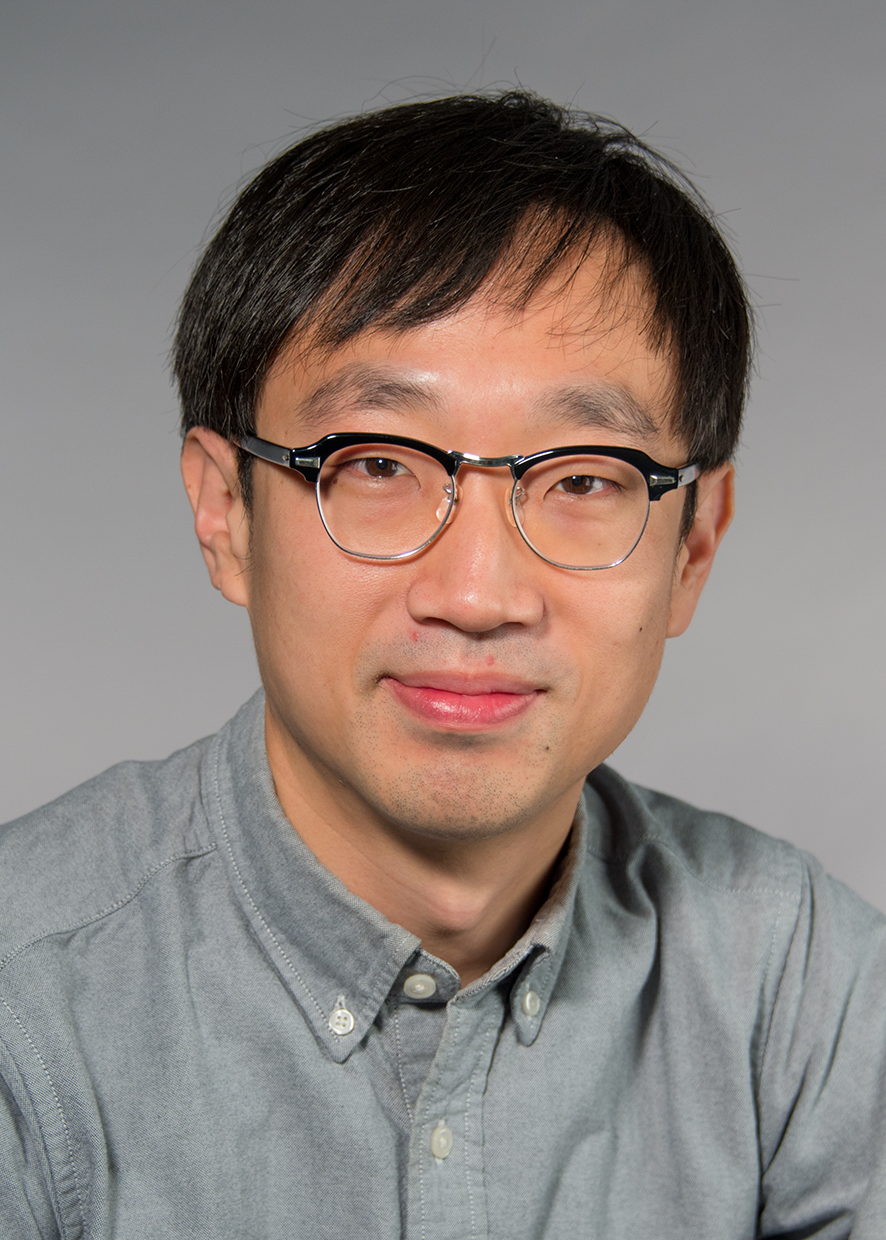We're delighted to announce the winners of the 2023 ISIS Impact Awards. These awards celebrate the scientific, social and economic impact of the facility's diverse user community.
Society
The winner of the societal award is Martin King from Royal Holloway, University of London, for their work investigating real-world pollutants using neutron reflectometry.
Understanding how model atmospheric systems behave is still a long way from knowing what happens in the real world. To bridge that gap, Martin King from Royal Holloway, University of London, and his colleagues studied pollutant particles taken from real-world environments. Unlike the model systems, these real-world samples contain different mixtures of molecules, depending on where they came from, highlighting key differences between the way pollutants behave and break down in 'real' atmospheric conditions compared to the way they behave in the laboratory.
This work demonstrates how ISIS provides unique capabilities that bridge the gap between highly controlled laboratory experiments and field research in the very important area of atmospheric science. In collaboration with STFC's Central Laser Facility and the other partners of this ongoing project, funded through a grant from NERC, Martin and his colleagues continue to investigate the impact of atmospheric pollutants on our health and the climate.
For more information, read our full case study on Martin's work.
Associated publication: Measurement of gas-phase OH radical oxidation and film thickness of organic films at the air–water interface using material extracted from urban, remote and wood smoke aerosol.
Economic
The winner of the economic award is Timothy Johnson from Johnson Matthey, for their work demonstrating the viability of a scalable route to synthesise a gas storage material.
Sustainable technologies company, Johnson Matthey, used neutron scattering to track the synthesis of a commercially relevant porous material, suitable for gas storage and catalysis. The results provided insights to develop a more economic, sustainable and scalable production pathway.
For more information, read our full case study on Tim's work.
Associated publication: Understanding the ZIF-L to ZIF-8 transformation from fundamentals to fully costed kilogram-scale production.
Science
 The winner of the science award is Minu Kim from the Max Planck Institute for Solid State Research, for their work investigating a new class of superconductor.
The winner of the science award is Minu Kim from the Max Planck Institute for Solid State Research, for their work investigating a new class of superconductor.
The class of superconductors with composition (Ba,K)BiO3 have a remarkably high superconducting transition temperature Tc of 30 K, which arises in proximity to charge density wave order. However, the precise mechanism behind these phases remains unclear. In his recent research project, Minu Kim and his collaborators studied (Ba,K)SbO3, finding that it has a larger charge density wave gap compared to BaBiO3. This discovery indicates that strong oxygen–metal covalency may be more essential than the sign of the charge transfer energy in the main-group perovskite superconductors.
For more information, read our full case study on Minu's work.
Associated publication: Superconductivity in (Ba,K)SbO3.
